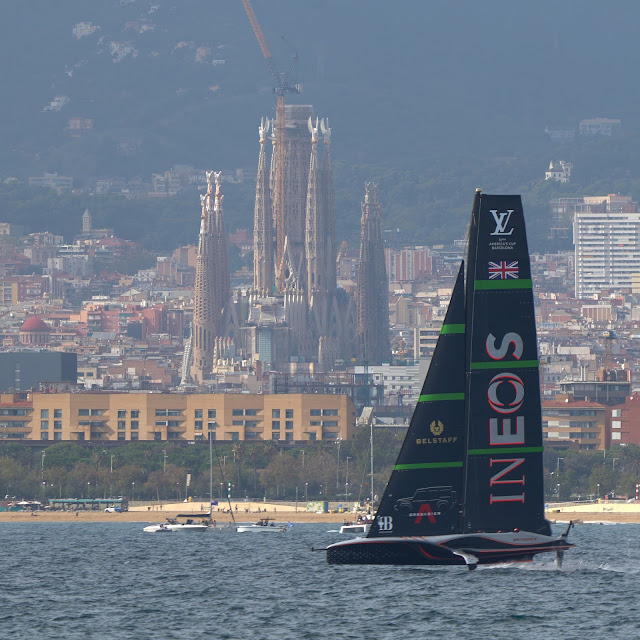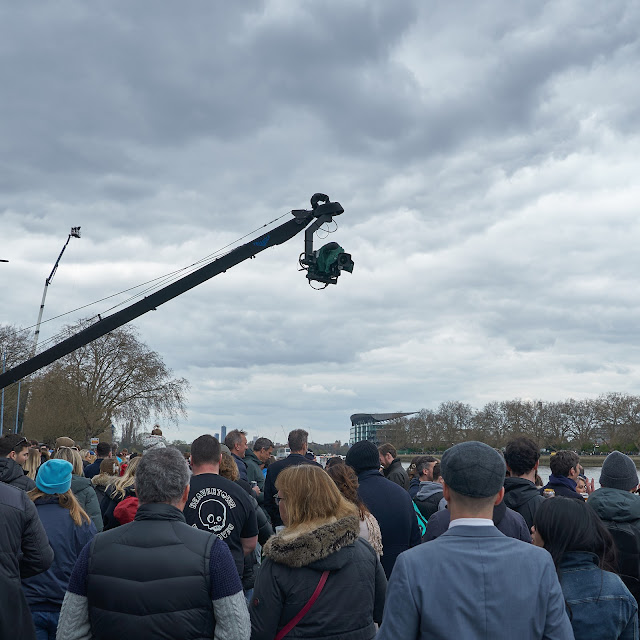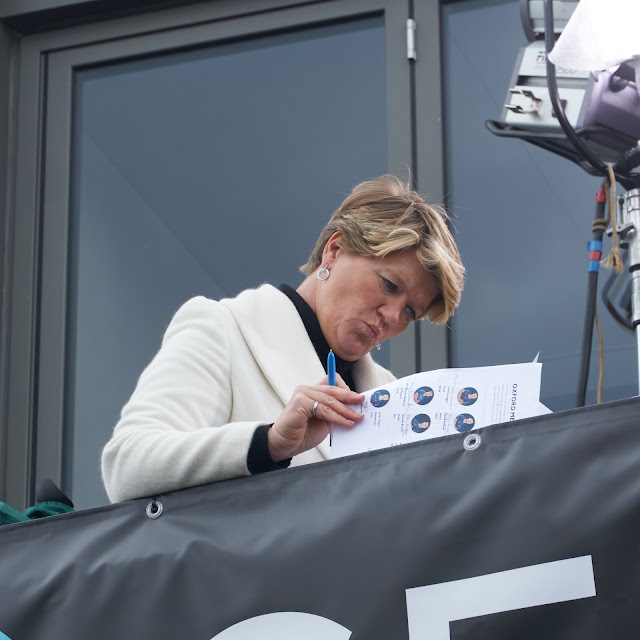Carshalton Pond is one of the heads of the Wandle, and this walk, the last on my Wandle Trail, was to find the other, somewhere in the urban jungle that is Croydon.
Heading initially north-eastish, the first bit of green was The Grove where I spotted what looked like a group meeting for a picnic. Alas it turned out to be an anti-vaxer demonstration, so I quickly turned away, shaking my head.
There was a hike down a road to get to Elms Pond which was a luminous greeny-blue colour. Pretty sure that wasn't natural.
The Wandle was picked up again at the entrance to Beddington Park, which was surprisingly large and pleasant, about 58 hectares. It was a deer park in the 14th century for the Carew family and has a lake (with weeping willows, above) and several rather pretty bridges including this one that is clearly old:
At times it did feel a bit transported back to the 14th century, though this one did look quite a bit more modern:
As noted, it was a large park, and it would be easy to find a space clear of everyone. Indeed this corner had zero people in it on a sunny Saturday in September:
Yes, London is a city of nine million people, but we are blessed with so many parks and so much green space you can always find a space for yourself.
It felt like the end of summer:
Here's one of those classic traffic cone in the river shots:
Towards Croydon the route became more built up and sometimes the river was lost, identifiable only by street names:
The final appearance of the Wandle (or the first, depending on viewpoint) was appropriately in Wandle Park (the Croydon one, not the other one at Colliers Wood).
Here a trench had been dug to expose it's waters to the sky and the tower blocks of Croydon:
The head of the Wandle was to be no romantic spring, of bubbling clear waters, but alas this rubbish encrusted gratting:
It was a bit disappointing.
You can trace the Wandle further south, from hereon as one of London's lost rivers, buried underground, by checking road names and the lowest points of valleys. The original source is much debated, but I'm guessing its somewhere up Southbridge Road, where I was once charged by a rat.
Croydon is having a tough time at the moment, with bankrupt council and Westfields pulling out of a big development. But the Box Park is still there, full of lunch opportunities:
As I munched on my Thai Green Curry (very good) I thought about the walk, all the way from the far-off Thames. It had been a good walk or three, despite the disappointing ending: surprisingly green, with waters full of fish and a history packed of mills and industry.
I compared it to the Lea Valley walk. That had felt tougher, more grown up. The Lea had rockets and battles over water, but the Wandle had water mills, parks, lost dogs, grand houses and William Morris. It had a quieter, gentler feel to it, a chalk stream where fish swum in clear waters.
























































